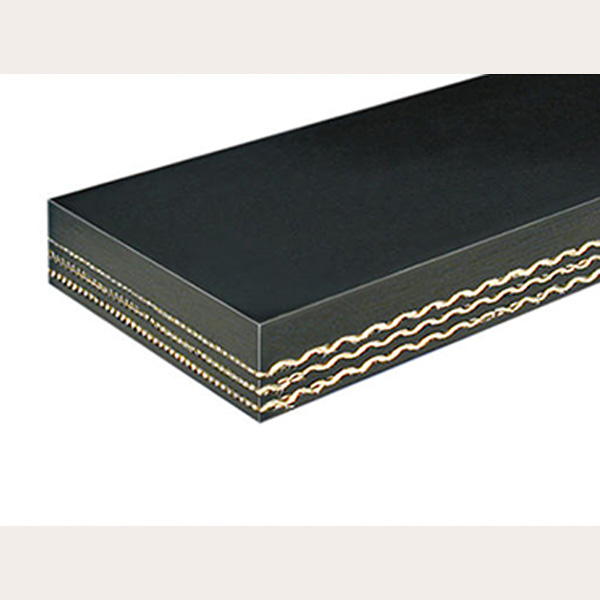
Maintaining and troubleshooting a conveyor belt system involves a combination of regular inspections, preventive maintenance, and addressing issues as they arise. Here are some steps you can follow to maintain and troubleshoot a conveyor belt system:
Regular inspections:
Conduct visual inspections of the conveyor belt system, looking for signs of wear, damage, misalignment, or loose components.
Check for proper tension in the belt and ensure it is running straight without any deviation.
Inspect the rollers, pulleys, and bearings for wear or damage.
Look for any debris, spills, or material buildup on the belt or in the surrounding areas.
Listen for unusual noises or vibrations during operation.
Preventive maintenance:
Establish a maintenance schedule and adhere to it consistently.
Clean the conveyor belt regularly to prevent material buildup, which can cause slippage and damage.
Lubricate bearings, rollers, and other moving parts according to the manufacturer's recommendations.
Check and tighten any loose bolts, fasteners, or connections.
Inspect and replace any worn or damaged components such as belts, pulleys, or scraper blades.
Verify the belt tension and adjust if necessary.
Train employees on proper usage and handling of the conveyor belt system to prevent unnecessary damage.
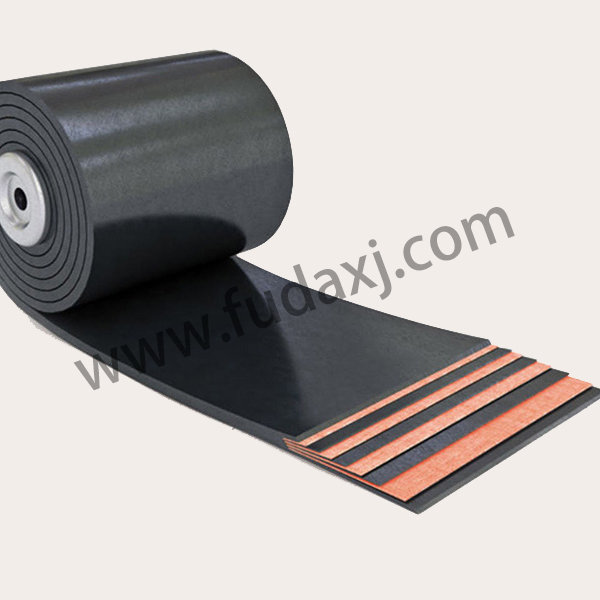
Troubleshooting common issues:
Belt slipping or misalignment: Check the tension and adjust if needed. Verify that the belt is centered and aligned properly. Inspect the pulleys for damage or misalignment.
Material spillage or accumulation: Clean the belt and remove any spilled material. Adjust the skirting or sealing mechanisms to prevent further spillage.
Unusual noises or vibrations: Inspect the rollers, bearings, and other moving parts for wear or damage. Lubricate as necessary. Address any misalignment or excessive belt tension issues.
Conveyor belt stops or fails to start: Check the power supply and ensure that all electrical connections are intact. Inspect switches, sensors, and control systems for faults or malfunctions.
Excessive wear or damage to the belt: Inspect for sharp edges or protrusions that may be causing the damage. Adjust the belt tension and ensure proper alignment. Consider upgrading to a more durable belt if necessary.
Documentation and record-keeping:
Maintain detailed records of inspections, maintenance activities, and repairs performed.
Note any recurring issues or patterns that may require further attention or modification to the conveyor belt system.
Keep a log of replacement parts, their installation dates, and their service life.
It's important to consult the manufacturer's guidelines and recommendations specific to your conveyor belt system for detailed maintenance instructions and troubleshooting procedures. Additionally, involving experienced maintenance personnel or seeking assistance from professionals can be beneficial in complex troubleshooting scenarios.
 English
English 简体中文
简体中文 Español
Español عرب
عرب
 English
English

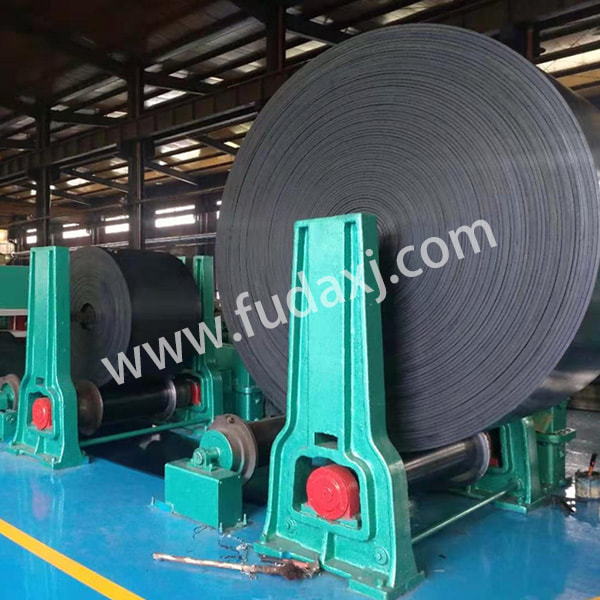
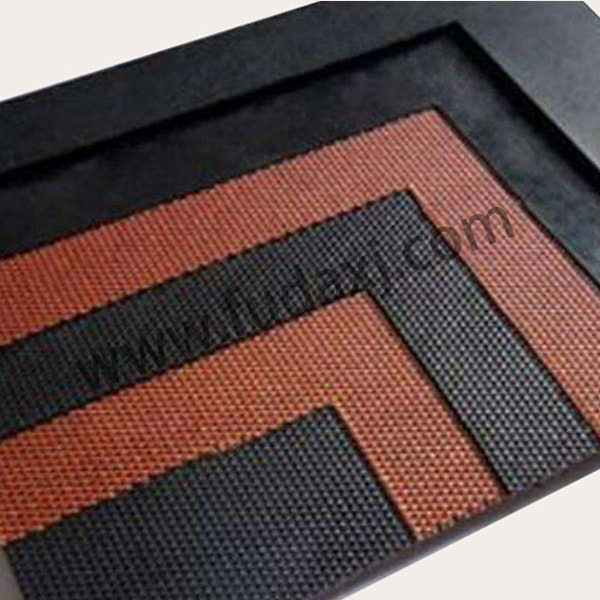
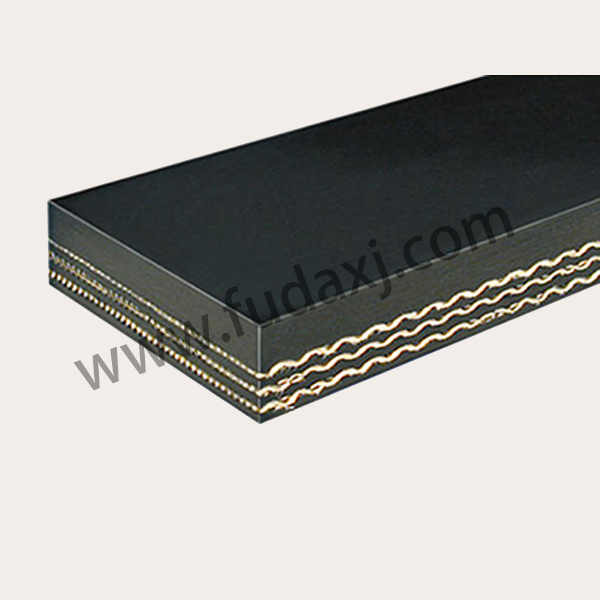

 Fax: 0086-576-83019528
Fax: 0086-576-83019528